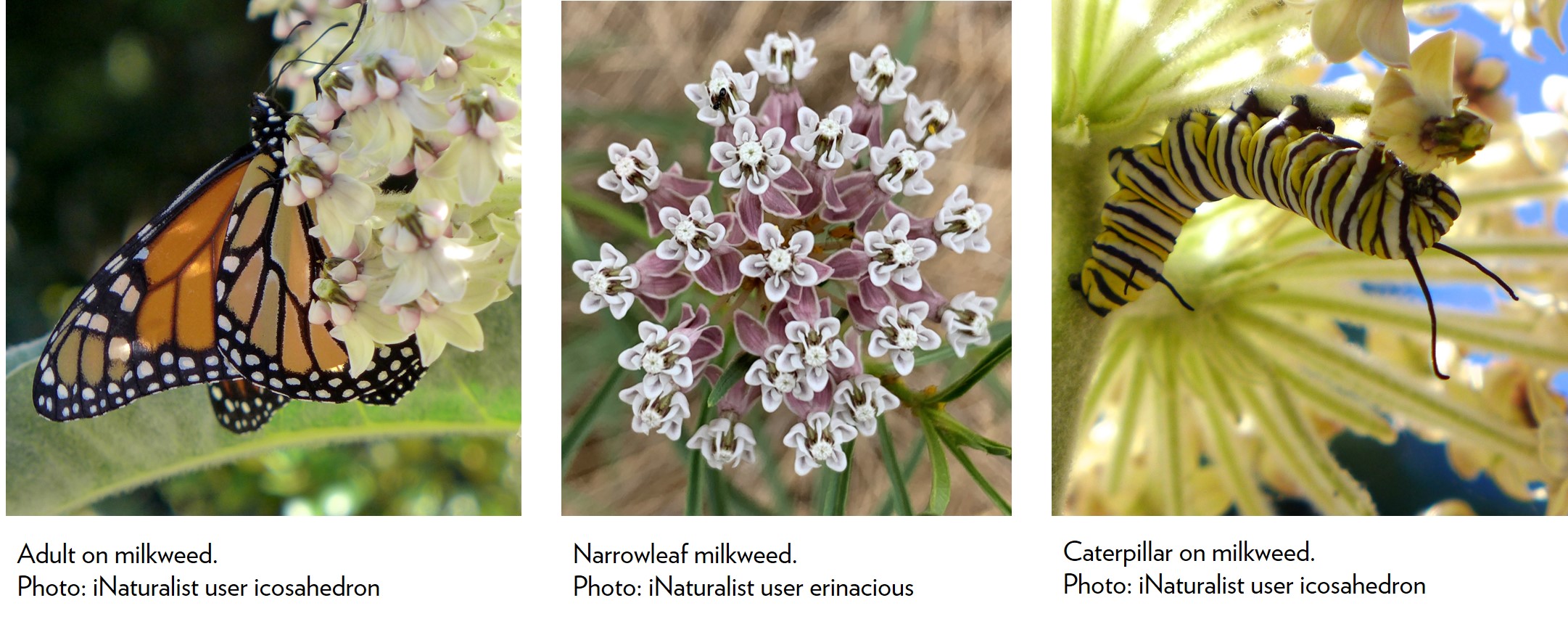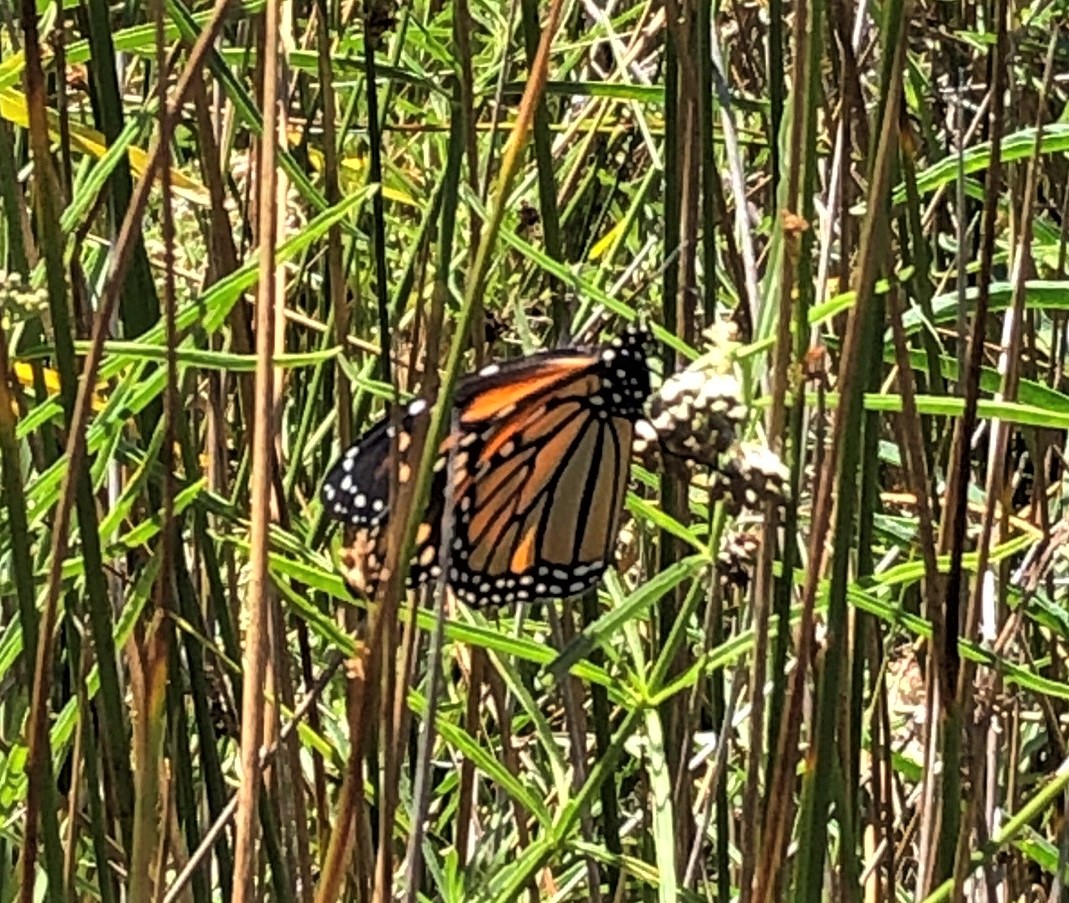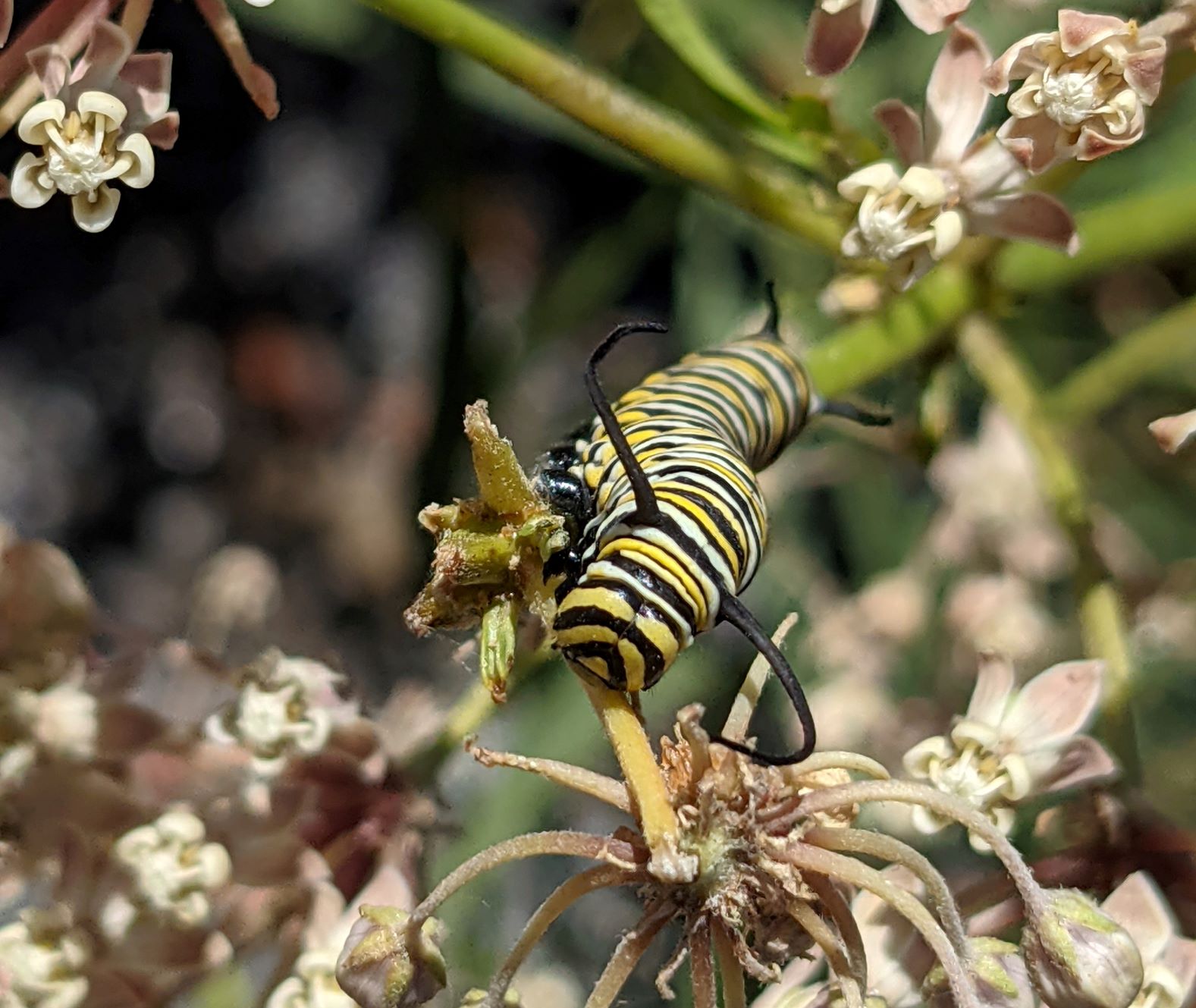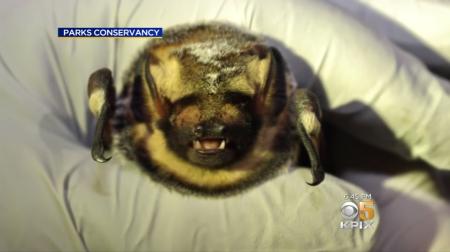Why the monarch butterfly?
From our own backyards to the undulating landscape around Mt. Tamalpais, One Tam partners and our communities are gathering resources to study and help the iconic monarch butterfly. Fewer than 2,000 monarchs were counted at California overwintering sites in the 2020-21 season—an estimated 99% decline from their historic numbers.
The monarch butterfly plays an important ecological and cultural role. It completes one of the longest migrations of any insect—a multigenerational, 3,000-mile journey, and is the only butterfly that makes a two-way migration. The monarch butterfly is also an important part of traditions in many Mexican communities. See the Resources section below to learn more about why it is important to protect the monarch butterfly.
What is One Tam doing to help the monarch butterfly?
In spring of 2021, One Tam received a $400,000 grant via the California Wildlife Conservation Board’s pollinator rescue program to invest in protection of the monarchs. The National Park Service received additional funding to expand these efforts. One Tam partners are now working to identify overwintering and breeding habitats that are good candidates for enhancements. This work is happening on cooperating private lands, National Park Service, and Marin County Parks sites, currently projected through 2024.
What are we doing to support inland breeding habitat? Monarch caterpillars use milkweed exclusively as host plants. We are monitoring patches of native milkweed growing naturally on public lands in the Mt. Tamalpais region to see where enhancements may be successful and observe monarch breeding activity. This would include actions such as collecting native milkweed seeds from these patches to enhance and expand selected historic milkweed populations, as well as planting native nectar plants that adult butterflies need.
What are we doing to support coastal overwintering habitat? After they breed, and according to seasonal cues, monarchs leave inland breeding habitat and look for suitable places to overwinter in coastal areas. They select trees in areas with particular sun exposure, wind protection, and nearby nectar plant resources, where they will spend the winter in a type of dormancy (called diapause). We are assessing several sites on public lands and receptive private owner sites in Marin County where monarchs have been historically known to overwinter, and will select a few of these overwintering sites for habitat enhancement. This will include actions such as planting windbreak trees, creating favorable canopy conditions at those sites, and planting native nectar plants. Public education will also be a part of this project, with K-8 classroom components and teen/adult opportunities to contribute.

What can you do to help the monarch butterfly?
If you want to join the effort to help monarchs, here are a few things you can do:
- If you live within 3-5 miles of the coast in Marin County, plant locally native nectar plants, especially those that bloom in the fall, winter, and early spring. Do not plant milkweed. You are in overwintering habitat.
- If you live inland in Marin County, at least 5 miles from the coast, plant native milkweed and spring blooming nectar plants. You are in breeding habitat.
- Everyone: join annual community science efforts to document monarchs in the fall, winter, and spring. You can also join the Western Monarch Milkweed Mapper iNaturalist project and upload a monarch sighting any time. All of this documentation is used by scientists to monitor monarchs.
- Everyone: reduce or eliminate use of pesticides on your property. If you buy plants at a nursery, try to choose locally grown, pesticide-free plants. Avoid planting tropical milkweed. It is now banned from sale at Marin County nurseries. If you already have it in your yard, cut it back in October.
What’s more, actions you take to help monarch butterflies will help other insects too! Please note that the 5-mile guideline for native milkweed planting is not absolute and changes depending on your location. See resources below for specifics, and to learn more about monarch butterflies. If you know a good resource that isn’t listed here, please send to info@onetam.org. You can also visit the Tam Van, our mobile visitor center, for more monarch conservation information.




